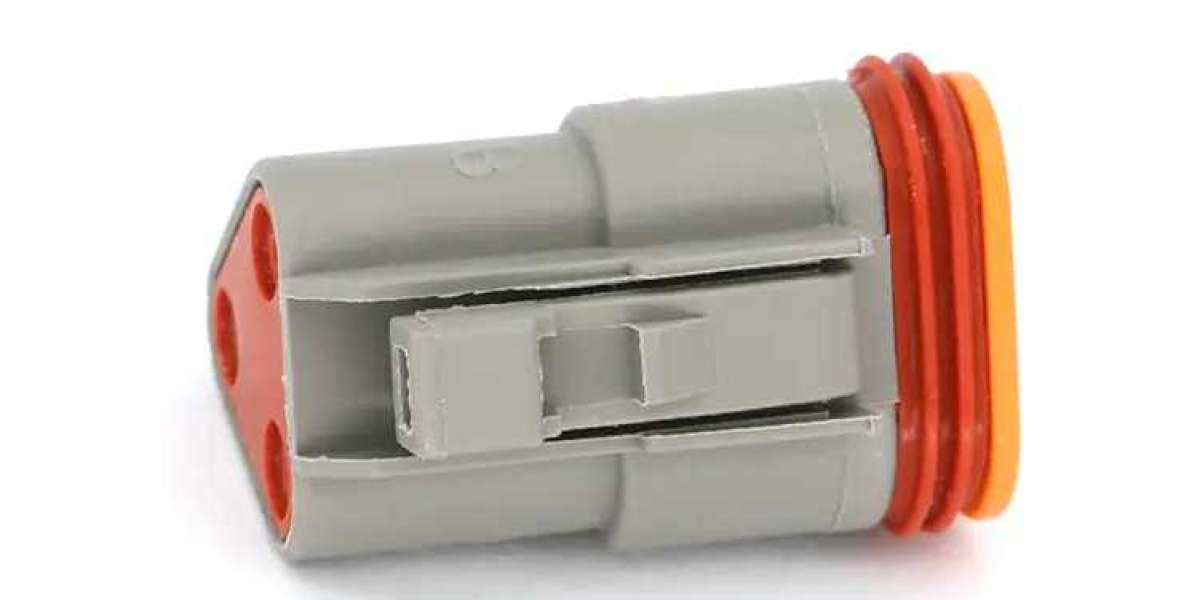Connector components come in various types, each designed for specific functions and applications. Understanding these types helps in selecting the right component for a particular use case. Common types include:
Pins and Sockets: These are the most basic connector components, with pins typically being male connectors and sockets being female connectors. They create a conductive path when mated together, commonly used in PCB connections and cable assemblies.
Terminals: Terminals are used to connect wires to a PCB or another wire. They come in various forms, such as ring terminals, spade terminals, and butt connectors, each suited for different connection needs.
Contacts: Contacts are the actual conductive elements within a connector that make the electrical connection. They are usually made from metals like copper, gold, or silver, which offer good conductivity and corrosion resistance.
Housings: Housings provide mechanical protection and alignment for pins, sockets, and contacts. They ensure that the connector components are correctly positioned and insulated from external elements.
Headers and Receptacles: Headers are male connectors that are soldered onto a PCB, while receptacles are female connectors that mate with the headers. They are commonly used in modular and interchangeable designs.
Each type of connector component has its specific application, and choosing the right one ensures the reliability and efficiency of the connection.







